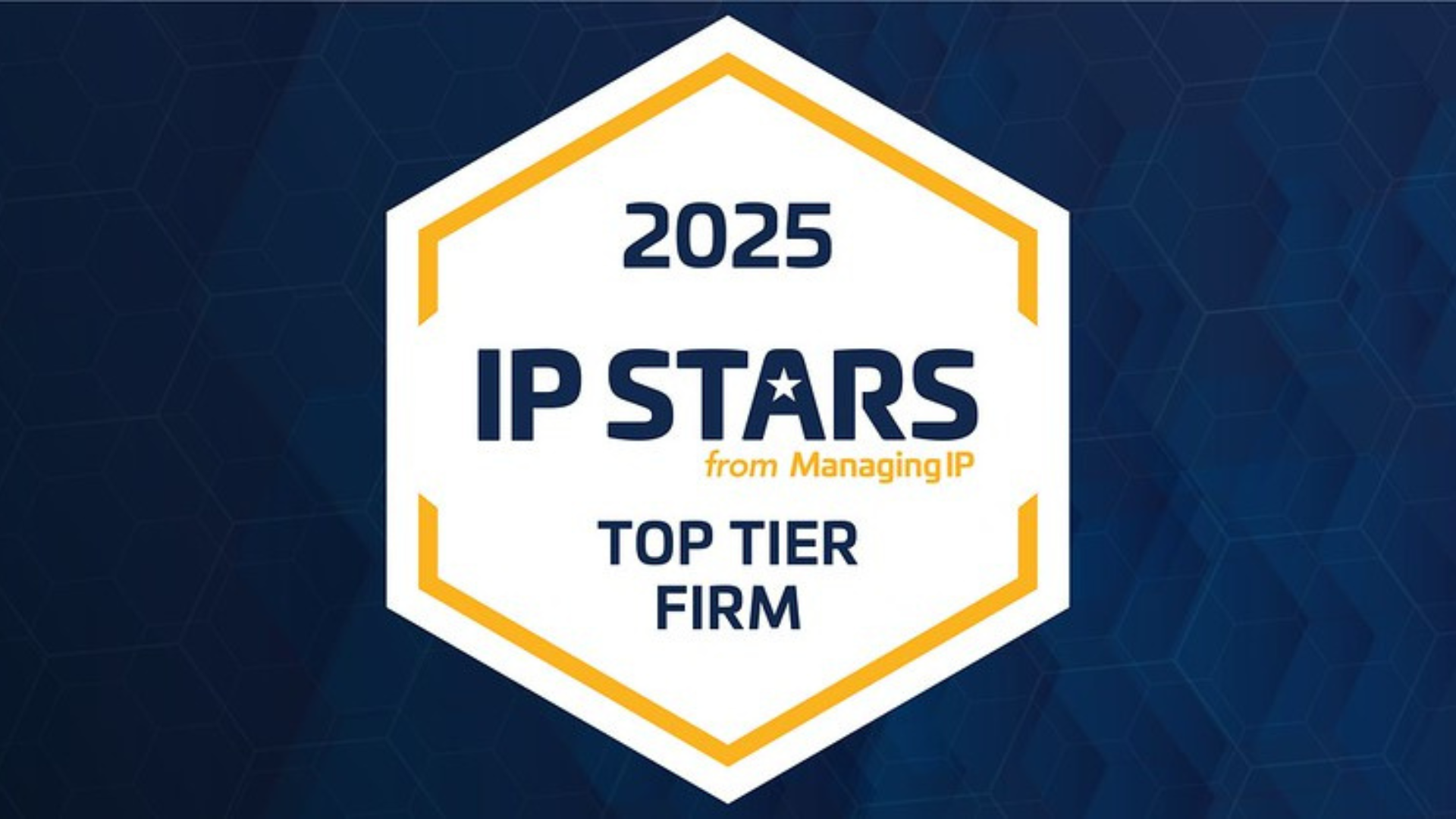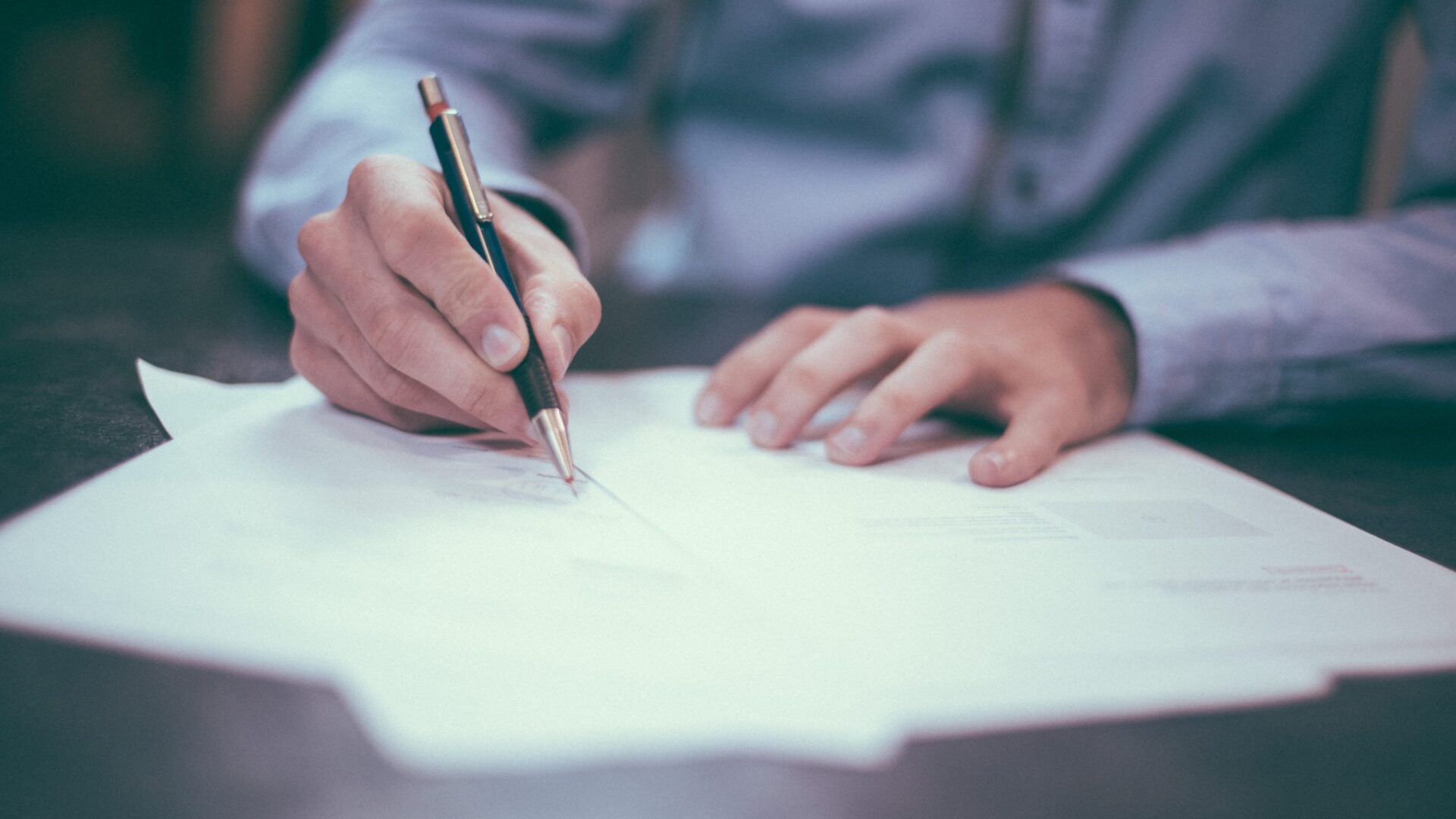Healthcare Scanner
Patent protection for medical devices – the devil is in the details
January 2023
It is well accepted that the development of new medical devices is very resource-intensive. It is, therefore, no surprise that companies apply for patent protection for new medical devices with the aim of recouping their research & development costs. Patent protection provides a period of exclusivity during which time the patent owner can prevent third parties making and selling the protected device without their permission.
In Europe, methods for treatment of the human or animal body by surgery or therapy, and diagnostic methods practised on the human or animal body, are excluded from patent protection (Article 53 EPC). Whilst pharmaceutical companies can protect new therapeutic uses for known compounds (Article 54(4) and (5) EPC), there is no corresponding right for medical device companies to protect new uses for known devices.
So what aspects of a medical device can be patented?
If a medical device is new and inventive – in other words if the particular combination of physical features has not been put together before and it wouldn’t have been obvious to do so – then it may be possible to patent the device itself.
Patent protection is also available where a new and inventive method of manufacture is used to make a medical devices. Claims for this type of invention can be written as a ‘method’ or ‘process’ claim or as a “product-by-process” claim.
This latter form of patent claim comes with a word or two of caution.
Reviewing whether “product-by-process” claims are new
In order for the product to be considered to be new, the claimed process steps must cause the resulting product or device to have distinct and identifiable characteristics that enable it to be distinguished from previously known devices.
A recent case from the Boards of Appeal of the European Patent Office (T1869/19) provides a useful illustration of what is meant by this.
European patent application 10185774.6 was filed with the intent of protecting an eye implant and, in particular, an eye implant made using a double extrusion process.
The claim being considered by the Board of Appeal included a mixture of product features (a bioerodible implant including a co-polymer matrix within which particles of an active agent are dispersed, wherein the active agent comprises 40 to 80 weight percent of the copolymer matrix and at least 75% of the particles of active agent have a diameter of less than 10 µm) and process features (milling the co-polymer, blending the co-polymer and active agent, carrying out a first extrusion of the blended product, pelletising the first extrusion and carrying out a second extrusion).
The prior art was found to describe all of the product features, as well as a single extrusion step.
The Board of Appeal then had to consider whether the remaining process steps (milling, blending and the second extrusion step) gave rise to a distinct and identifiable characteristic of the product.
At this point, it is worth noting that where a process feature is the only allegedly novel feature, it is the patent owner who has the burden of proof for showing that the process feature does result in a distinct and identifiable characteristic of the product. This could be achieved, for example, by providing convincing technical arguments or by providing data from comparative tests.
In this case, it was generally accepted that the milling and blending steps could not impart any distinct and identifiable characteristics of the product, since the prior art described the characteristics of the co-polymer and the active agent in the same way as defined by the claim language.
The arguments therefore focused on the second extrusion step.
Whilst it was agreed that it was likely a second extrusion step would affect the structure of the implant, it was noted that the resulting structure would be dependent on the extrusion parameters. Despite the importance of the extrusion parameters being explained in the patent, none of the parameters were defined in the patent claim.
The Board of Appeal concluded that the claim was so broadly defined, in respect of the process conditions, that it covered implants that were undistinguishable from those described in the prior art.
As a consequence, the claim was found to lack novelty and the patent was revoked.
Should you bother with “product-by-process” claims?
There may be occasions when it is appropriate to include “product-by-process” claims for a medical device invention; however, it should be borne in mind that it can be more difficult to achieve broad protection taking this route.
To get protection, applicants and their patent attorneys will need to ensure that the application documents adequately demonstrate that there is a relationship between the process steps and the properties of the product.
The scope of protection may be limited to the specific parameters that are described and illustrated in the patent application.
Consideration should also be given to how you might enforce the resulting patent against an alleged infringer.
In Europe, patent claims for a method or process provide some protection for products. The protection notably extends only those products which are directly obtained by the claimed process (Article 64(2) EPC). In other words, to enforce method or process claims it is not enough to argue that the allegedly infringing product could have been made using the patented process, rather it is necessary to show that the patented process was used.
“Product-by-process” claims, in contrast, provide protection for the product as obtained by any method. From an enforcement perspective, this means that patent owners do not need to investigate and prove the process used by the alleged infringer.
Whilst the bar for securing protection for “product-by-process” claims is high, once obtained the protection they afford is clearly useful.
When developing new products it is important to engage with your patent attorney during the development process, to discuss what aspects of the product might be patentable, what the commercial strategy for the product is and to ensure that the patent application is tailored accordingly.
This article was prepared by HGF Senior Patent Attorney Dr Jennifer Unsworth and Partner & Patent Attorney Dr Jennifer Uno.































